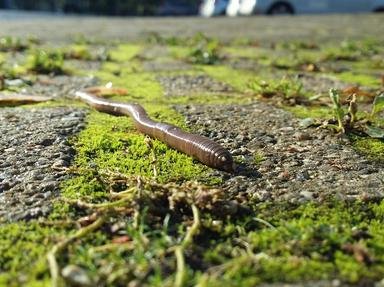Quiz Answer Key and Fun Facts
1. What is another commonly used name for nematodes?
2. What clade or group are nematodes classified as?
3. A 2013 survey in the journal "Zootaxa" put the number of nematode species at how many?
4. In what environments do nematodes live?
5. Nematodes do not have stomachs.
6. One species of nematode is known for causing the parasitic disease trichinosis which can cause vomiting, abdominal pain and diarrhea. What is the best way to prevent this disease?
7. Some nematode species exhibit a rare reproductive system that is characterized by the presence of males and hermaphrodites. What is this type of reproductive system called?
8. One specific species of nematode has had its entire genome mapped and is known as a model organism because of how extensively it's been covered. The name of the species is a bit fancy, can you guess which one it is?
9. Free-living marine nematodes play an important role in marine environments. Which of the following do they NOT do?
10. In 2003 the nematode became the first known life form to do what?
Source: Author
ramonesrule
This quiz was reviewed by FunTrivia editor
rossian before going online.
Any errors found in FunTrivia content are routinely corrected through our feedback system.

